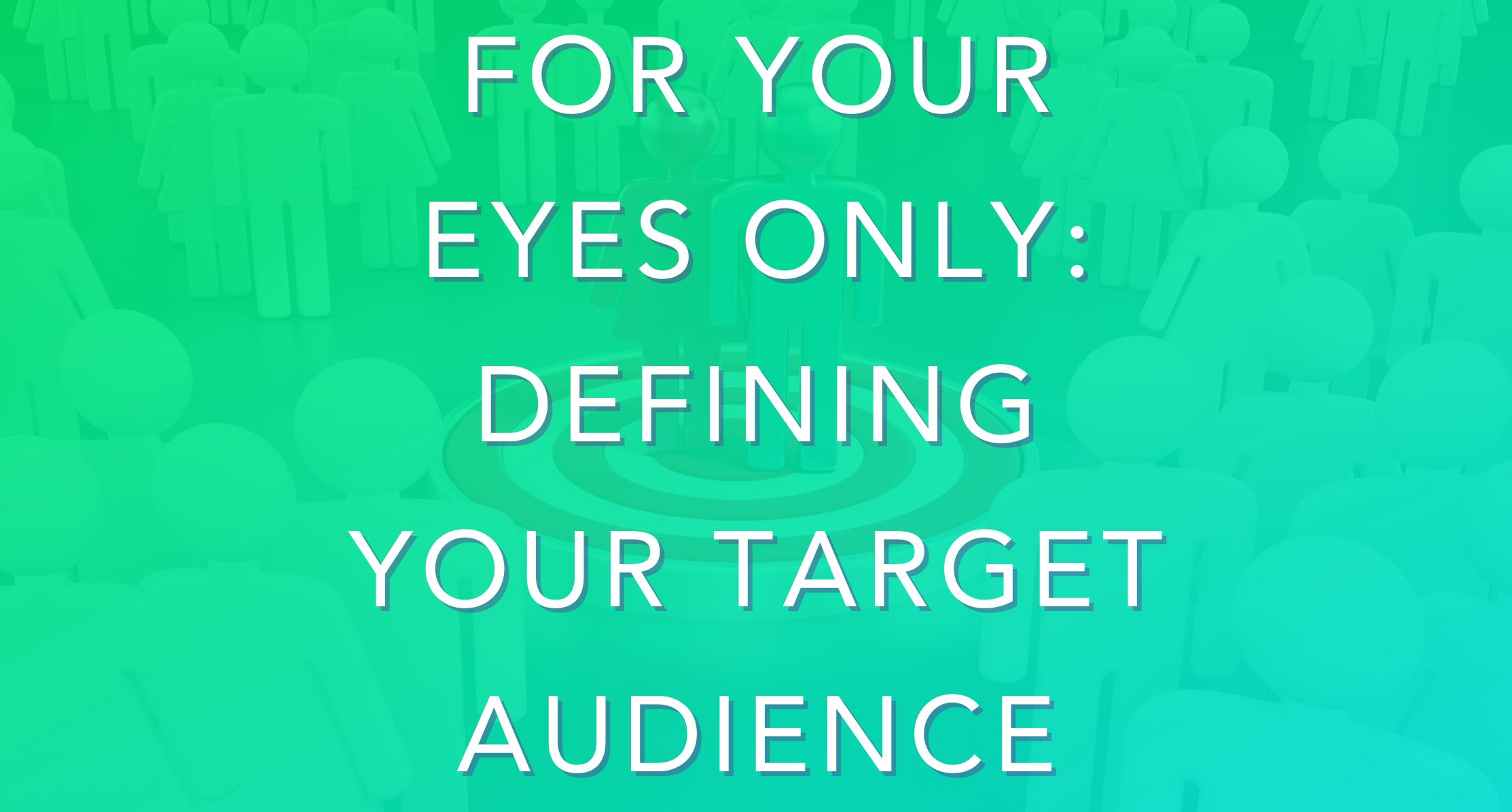If you want your social media to work for you, you need to be talking to the right people. By that, I don’t mean schmoozing with Angel Investors at fundraisers. (Although, hey, I’m sure that doesn’t hurt.) I mean creating content expressly for your brand’s audience. It’s super simple – just create stuff designed to appeal to the people it’s for – but not necessarily easy. So, what’s the deal with a target audience, and how do we reach them?
Target Audience: The Basic Rundown
In a nutshell, your target audience is your paying customers. They’re the people who have either bought your product, are thinking about buying your product, or need to know that your product exists so that they can think about buying it. The absolute key takeaway here, though, is that your target audience isn’t EVERYONE.
Seriously. No brand is for everyone. Coke isn’t for everyone. Apple isn’t for everyone. Nike isn’t for everyone. Even chocolate isn’t for everyone! (Wild, but true.) If you try to reach everyone, you’re going to spend a whole buncha time and money for some pretty depressing results. Your efforts are better spent trying to reach the right people. Those are your target audience.
When defining your target audience, ask yourself: who is my ideal customer?
Get specific about it. Think in terms of age, gender, location, education, background, employment, hobbies, income, goals, needs, family arrangements, vehicle ownership, pet ownership, home ownership, iPhone vs Android. (This may take some research – but the native platform insights on social and your Google web analytics can help you!) Then distill down those traits into an individual persona.
Your target audience might be a 35-year-old mom who works full-time and wants to win back their work-life balance. Or a 25-year-old tech professional working 80-hour weeks who outsources life stuff. They might be a 50-year-old university professor who reads a book a week and wants a curated reading list.
Sometimes (often) your brand might have a core target audience, and then some secondary or tertiary audiences. If you’re a university trying to boost enrollments, your main audience is students, but you also want to be on the radar of parents, guidance counselors, two-year colleges, and even local organizations. It’s good to be aware of these (and you can totally run separate campaigns that speak to them), but know that the primary audience for your brand will be central to all of your outreach.
Figuring Out How to Reach Your Target Audience
What’s easier: having a conversation one-on-one with a friend, or giving a speech to a crowd of randos you know nothing about? In just about every situation, it’s going to be the former. That’s because when you know who you’re talking to, it’s way easier to reach that person.
Once you’ve defined your target audience, you can start defining how to reach them. Think about:
- What do they need? How can you target your content to solve a problem or help them out? Do they need DIY tips? 3-ingredient recipes? How-to videos? Motivational vids? (Tip: use my content buckets cheat sheet!)
- What do they like? Not everything has to be about “selling”. Keep things social with on-brand content relevant to their interests – and build that trust.
- What’s their vibe? How do they speak? Do they use gifs and emojis? What’s their color palette? Are they Oppenheimer or Barbie (or both!). When you know your audience, you can create on-brand content that looks, sounds and feels right.
By knowing who you’re talking to, you can target your social media conversations accordingly. Just like you would at a dinner party… ‘cos you wouldn’t talk politics with your grandma, and you wouldn’t talk avant garde French cinema with the pizza delivery guy, right? RIGHT??
If you’re struggling to figure out who your ideal audience is (or you know who they are but you don’t know how to talk to them), my Fan Firestarter Framework is for you! In 3 easy stages, I’ll help you figure out the who, what and why of your social media presence – then strategize with you to build a feed that delivers the eyeballs, likes and shares that you’re after. Ready? Let’s get started!

